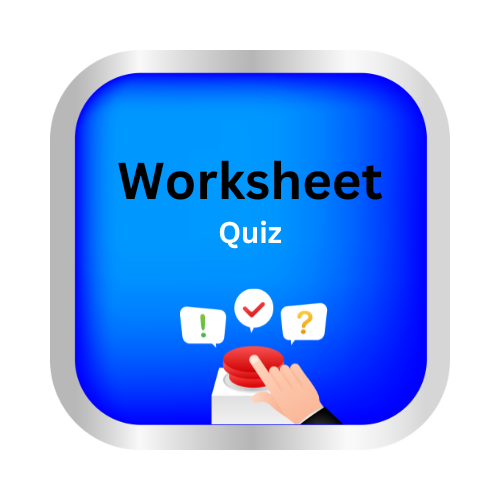Commas with direct addresses and after introductory words
key notes :
✨ Commas with Direct Addresses & After Introductory Words ✨
| Commas with Direct Addresses 🗣️ |
What is a direct address?
- When we talk to someone directly in a sentence, their name or title is the direct address.
- Rule: Put a comma before or after the name or title.
Examples:
- Hello, Mia! 👋
- Can you help me, Dad? 🛠️
- Thank you, teacher, for helping me. 📚
💡 Tip: The person you are speaking to is always separated by a comma.
| Commas After Introductory Words 🌟 |
What is an introductory word?
- Words like Well, Yes, No, Oh, Hey, Finally that come at the beginning of a sentence to grab attention.
- Rule: Always put a comma after introductory words.
Examples:
- Yes, I want to play outside. ⚽
- No, I don’t want any ice cream. 🍦
- Oh, I forgot my homework! 📝
- Finally, we reached the park! 🌳
💡 Tip: The comma shows a pause after the introductory word.
| Quick Practice 🖊️ |
Add commas where needed:
- Hello Tom how are you?
- Yes I will come to your party.
- Can you help me Mom?
- Oh I didn’t see that coming!
| ✅ Answers: |
- Hello, Tom, how are you?
- Yes, I will come to your party.
- Can you help me, Mom?
- Oh, I didn’t see that coming!
| 🌈 Remember: |
- Commas in direct addresses = 👤 separate the person’s name
- Commas after introductory words = ⏸️ show a short pause
Let’s practice!🖊️

